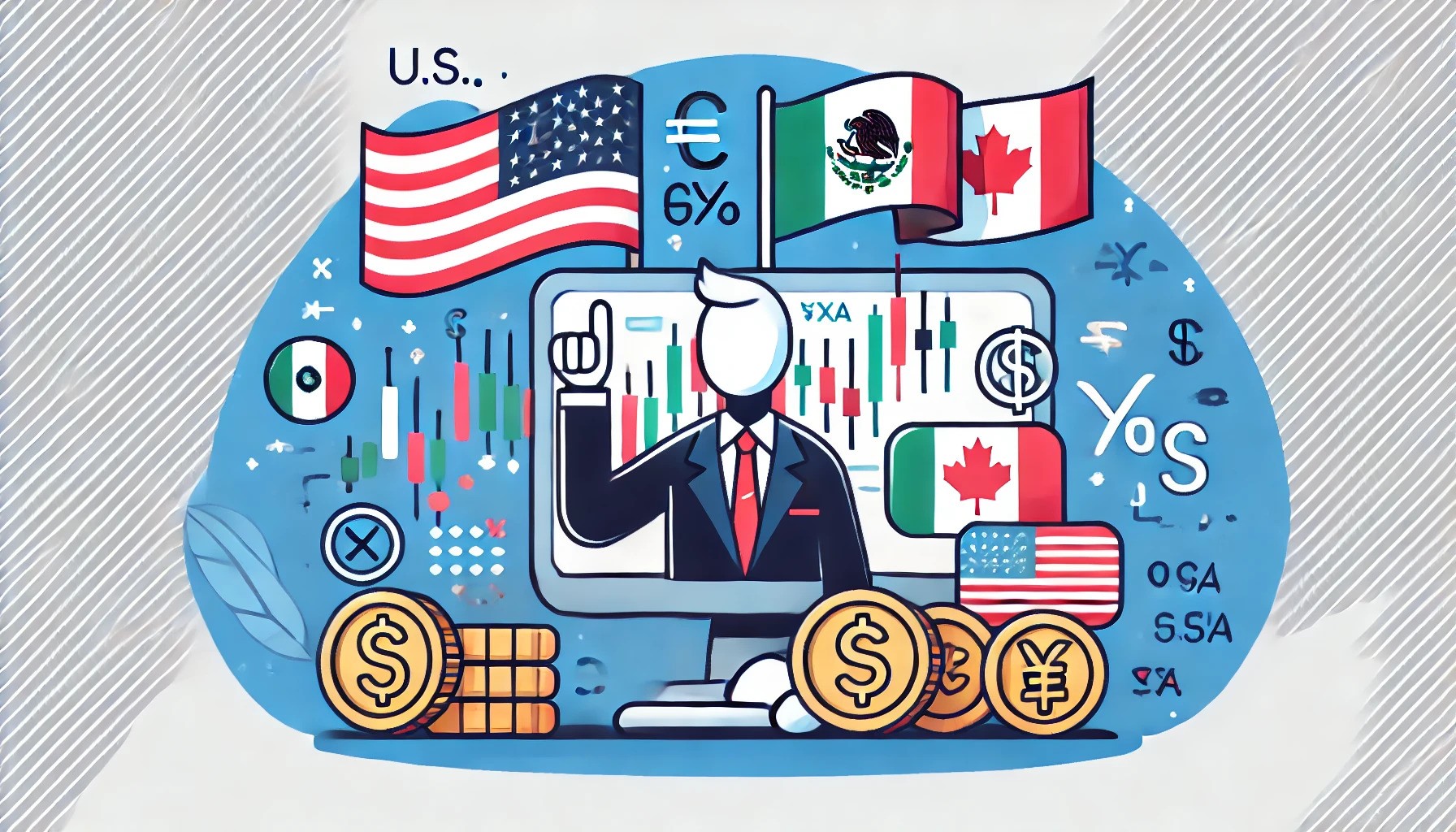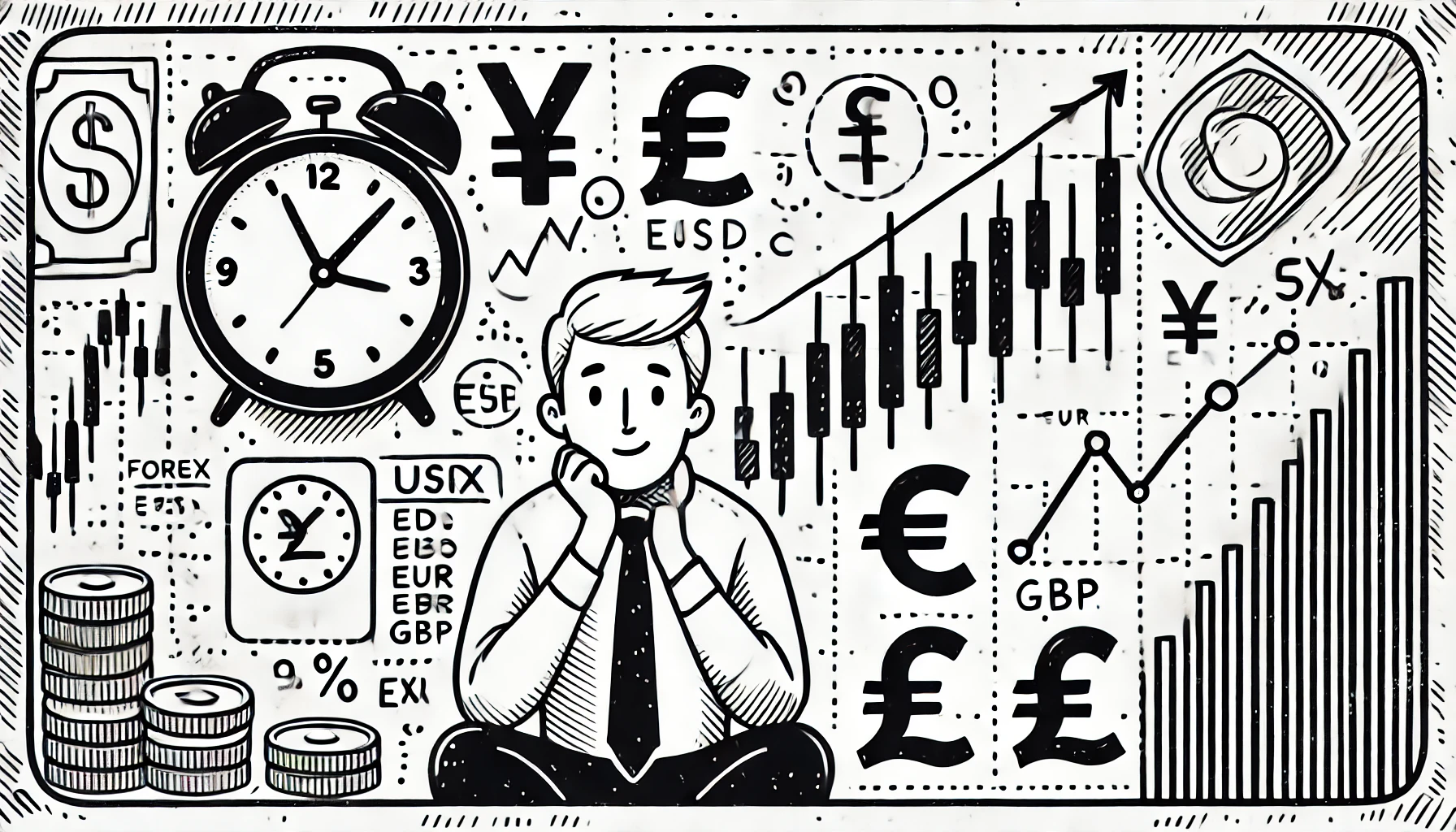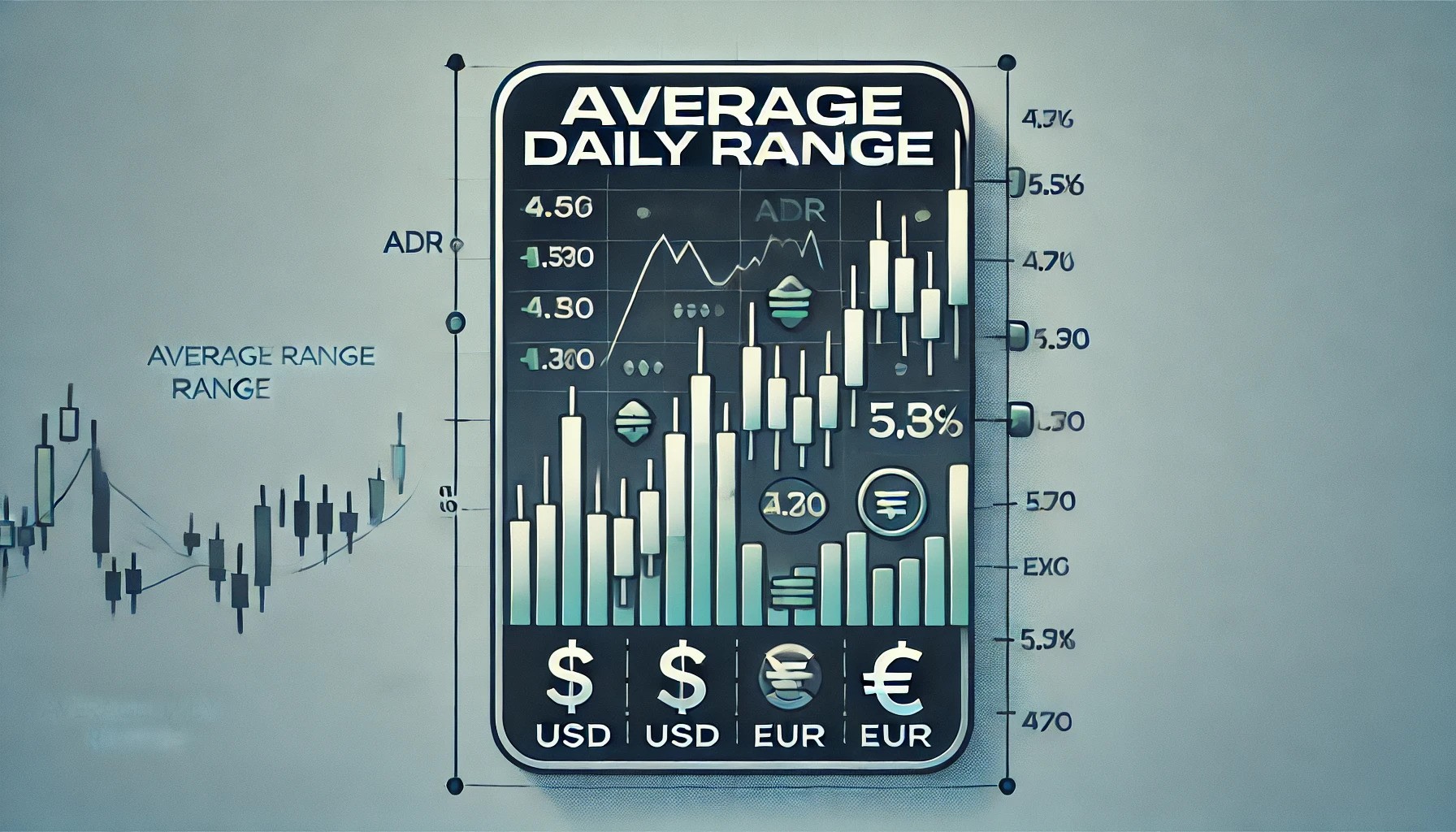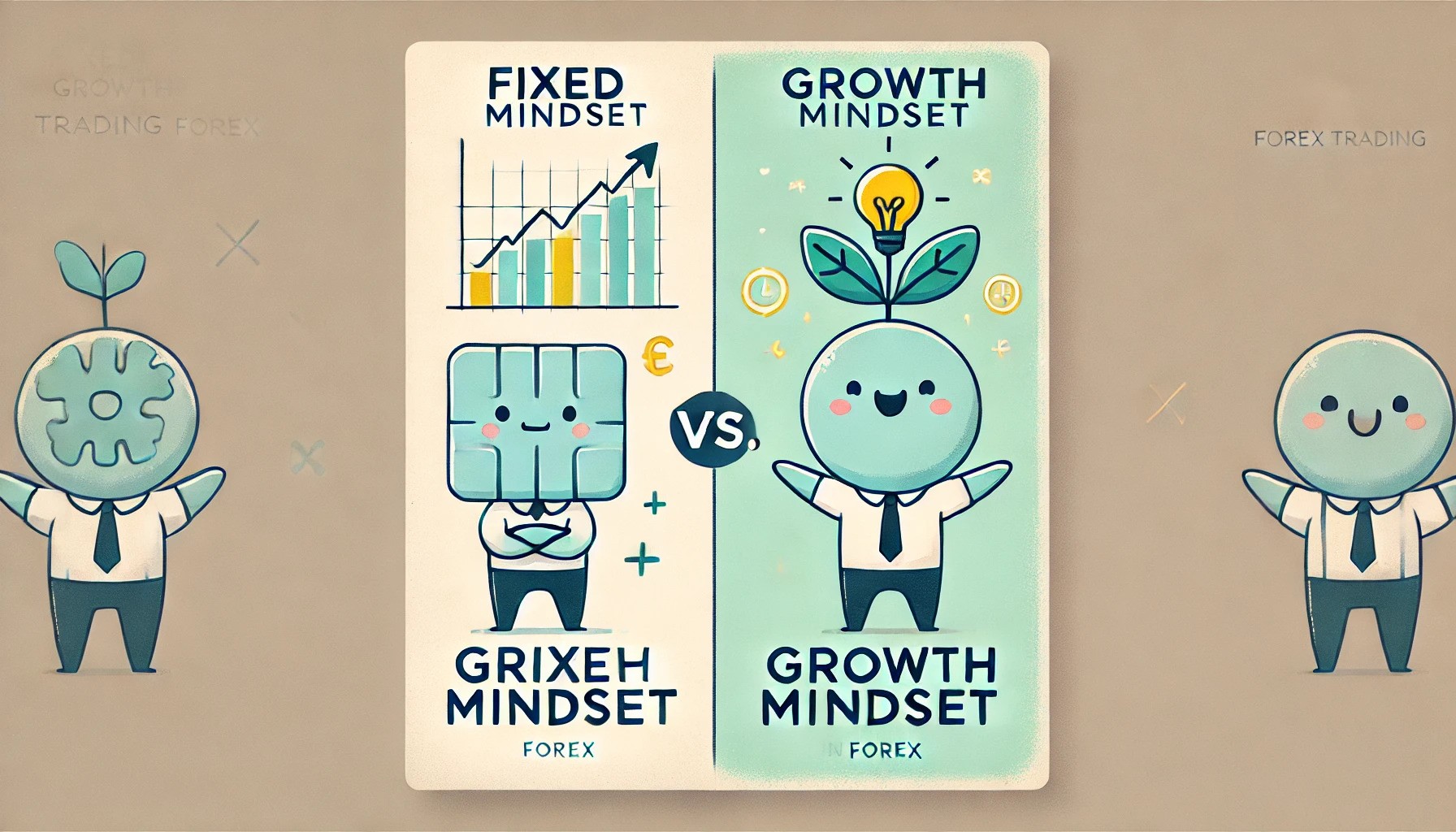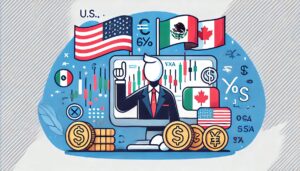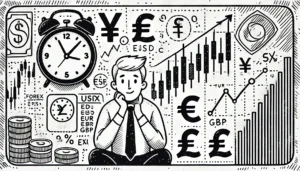Introduction
Trade policies and tariffs play a significant role in shaping global economies, and their effects often ripple through financial markets, including the foreign exchange (forex) market. During his presidency, Donald Trump imposed tariffs on several countries, including key U.S. trading partners—Mexico and Canada. These tariffs led to considerable market reactions, affecting currency values, investor sentiment, and economic growth.
As discussions about potential tariff reimpositions resurface, it is essential to understand their impact on forex trading. This article will explore how tariffs influence the forex market, how the U.S. dollar (USD), Mexican peso (MXN), and Canadian dollar (CAD) might react, and what strategies traders can use to navigate tariff-driven volatility.
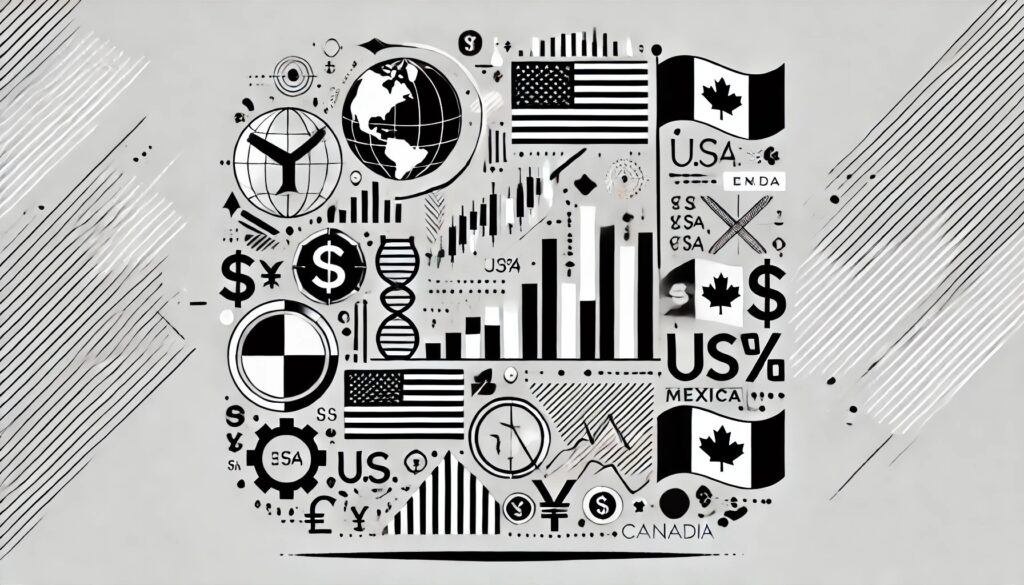
How Tariffs Affect the Forex Market
1. Impact on Trade Balances and Currency Valuations
One of the primary ways tariffs affect forex markets is through their impact on trade balances. When a country imposes tariffs on imports, it increases the cost of those goods, leading to reduced demand. If the U.S. imposes tariffs on Mexican or Canadian products, imports from those countries could decline.
This affects currency exchange rates in several ways:
- Stronger U.S. Dollar: A reduction in imports could improve the U.S. trade balance, leading to a stronger dollar.
- Weaker Mexican Peso and Canadian Dollar: If Mexico and Canada export fewer goods to the U.S., their economies may suffer, leading to a depreciation of the MXN and CAD.
- Potential for Currency Wars: If Mexico or Canada retaliates with tariffs of their own, it could lead to a devaluation of their currencies to maintain competitive exports.
2. Investor Sentiment and Risk Appetite
Forex markets thrive on investor confidence. When tariffs are introduced, they create uncertainty, which influences capital flows:
- Safe-Haven Currencies Rise: Investors may move their money to safe-haven currencies like the Swiss franc (CHF) or Japanese yen (JPY) to protect against volatility.
- Emerging Market Currencies Decline: The Mexican peso, in particular, is an emerging market currency vulnerable to risk aversion, meaning traders might sell it off in favor of more stable currencies.
3. Inflation and Interest Rates
Tariffs can lead to inflation, as businesses pass on higher import costs to consumers. Inflation directly influences monetary policy, affecting forex markets in the following ways:
- U.S. Federal Reserve Reaction: If inflation rises, the Fed may increase interest rates to counteract it, which can strengthen the USD.
- Bank of Mexico and Bank of Canada Response: To protect their currencies, these central banks may also adjust interest rates, leading to forex market fluctuations.
How Trump’s Tariffs Could Affect Specific Currencies
The U.S. Dollar (USD)
The U.S. dollar is the world’s most traded currency, and any changes in trade policies directly impact its strength. Here’s how tariffs could influence the USD:
- Short-Term Volatility: The announcement of tariffs usually causes immediate market reactions, with investors either buying or selling USD based on perceived economic strength.
- Long-Term Growth Concerns: While tariffs may boost domestic production in the short term, they can slow economic growth by reducing global trade, potentially weakening the USD.
- Inflation and Interest Rate Adjustments: If tariffs cause inflation to rise significantly, the Federal Reserve may hike interest rates, strengthening the dollar.
The Mexican Peso (MXN)
Mexico’s economy is highly dependent on trade with the U.S., making the peso particularly sensitive to tariff-related developments. The effects of tariffs on the MXN include:
- Depreciation Risks: If Mexican exports decline due to tariffs, demand for the peso may drop, leading to currency depreciation.
- Foreign Investment Outflows: Investors may withdraw money from Mexican markets due to uncertainty, further weakening the peso.
- Potential Central Bank Intervention: The Bank of Mexico may raise interest rates to stabilize the currency, but this could slow economic growth.
The Canadian Dollar (CAD)
Canada is one of the U.S.’s biggest trading partners, and tariffs on Canadian goods could have significant forex implications. Key effects include:
- Impact on Oil Prices: Canada’s economy relies heavily on oil exports, and tariffs on Canadian goods could affect oil demand, influencing the CAD.
- USD-CAD Volatility: The USD/CAD currency pair is among the most traded in forex markets, meaning any tariff-related news could cause sharp movements.
- Interest Rate Considerations: The Bank of Canada may have to adjust interest rates to counteract economic slowdowns caused by reduced trade.
Case Study: Trump’s Previous Tariffs and Forex Market Reactions
To better understand the potential impact of future tariffs, we can analyze past market reactions:
2018 Steel and Aluminum Tariffs
In 2018, Trump imposed tariffs of 25% on steel and 10% on aluminum imports, affecting Canada and Mexico. Forex market responses included:
- USD Strengthened Initially: Investors saw tariffs as a sign of a strong U.S. economy, leading to a temporary rise in the USD.
- MXN and CAD Declined: Both the peso and the Canadian dollar depreciated as investors anticipated lower trade volumes.
- Market Volatility: After initial reactions, the market stabilized once new trade agreements were negotiated.
2019 Mexico Tariff Threat
In mid-2019, Trump threatened to impose tariffs on Mexican imports unless Mexico took action to curb illegal immigration. The forex market reacted as follows:
- MXN Dropped Sharply: The peso fell by over 3% against the USD within a few days of the announcement.
- USD Fluctuated: While initially rising, the dollar later faced selling pressure due to concerns over broader trade war effects.
- Market Rebound: Once Mexico complied with U.S. demands, the peso recovered, highlighting how political decisions impact forex.
Take control of your trading future
Supercharge your trading with our expert advisors. Start your journey today!
Forex Trading Strategies Amid Tariff Uncertainty
Tariffs create unpredictable market conditions, making it essential for forex traders to adopt strategies that mitigate risks. Here are some approaches:
1. Stay Informed on Economic News
Forex traders should monitor news sources for tariff announcements, trade negotiations, and central bank statements. Economic calendars from platforms like Bloomberg or Forex Factory can help track important updates.
2. Use Safe-Haven Currencies
During periods of uncertainty, traders often turn to safe-haven currencies like:
- Japanese Yen (JPY)
- Swiss Franc (CHF)
- Gold (XAU/USD) as a hedge against currency devaluation
3. Implement Risk Management Techniques
Managing risk is crucial when trading during tariff disputes. Traders can:
- Use Stop-Loss Orders: Protect against unexpected market swings.
- Diversify Currency Pairs: Avoid putting all investments into one currency.
- Monitor Leverage Usage: High leverage can lead to larger losses in volatile markets.
4. Follow Central Bank Policies
Interest rate changes are one of the biggest drivers of forex prices. If tariffs influence inflation, central banks may adjust rates, impacting currency movements. Traders should analyze statements from:
- The Federal Reserve (USD)
- The Bank of Mexico (MXN)
- The Bank of Canada (CAD)
Conclusion
Tariffs imposed by the U.S. on Mexico and Canada have historically led to significant forex market reactions, affecting currency valuations, investor confidence, and trade balances. If Trump or another administration reintroduces tariffs, similar market shifts could occur, creating both challenges and opportunities for forex traders.
By understanding how tariffs impact different currencies, staying informed on economic policies, and implementing sound trading strategies, forex traders can better navigate the complexities of trade-related market movements.
As global trade policies evolve, keeping a close eye on tariff developments will be crucial for anyone involved in forex trading.
Trump’s Tariffs on Mexico and Canada: How They Could Impact
Introduction Trade policies and tariffs play a significant role in shaping global economies, and their effects often ripple through financial markets,…
Delayed Gratification – The Power of Practicing It
Delayed gratification is the practice of resisting the temptation for an immediate reward in favor of a larger, more enduring…
DXY – The First Quarter of 2025: Ideas and Potentials
The U.S. Dollar Index (DXY) is one of the most critical indicators in global financial markets. It reflects the value…
What Does the Trump Presidency Mean for Forex Trading?
The Trump presidency, characterized by its unconventional policies and rhetoric, had profound implications for global financial markets. Forex trading, being…
Average Daily Range (ADR) in Forex Trading
The Average Daily Range (ADR) is one of the most popular metrics in Forex trading, offering traders valuable insights into…
Fixed vs. Growth Mindset in Forex Trading
Forex trading, often considered one of the most challenging financial markets, requires more than just technical analysis and market knowledge….
